The Age of Mobile Photography for All: While AI Is Crucial, Texture Cannot Be Ignored
![]() 11/28 2024
11/28 2024
![]() 559
559
In the 1820s, French inventor Joseph Nicéphore Niépce captured the world's first photograph, "View from the Window at Le Gras," using heliography. This photograph, with an exposure time of eight hours, not only captured the scenery outside his window but also ushered in a new era. Today's photography is vastly different from that of two centuries ago. With sophisticated optical design and powerful imaging algorithms, taking photos has become unprecedentedly simple.
But one thing is certain: whether it's heliography back then or digital imaging today, photographers' pursuit of beauty has never ceased. On November 27, 2024, the day after Huawei's Mate brand gala, Huawei held the 2024 Huawei Image Awards Ceremony at the Sea World Cultural and Arts Center in Shenzhen, and LeTech was invited to cover the event. In addition to the awards ceremony, Huawei also held the Huawei Annual Photo Exhibition on-site, providing a stage for participants to showcase their works and share their stories.
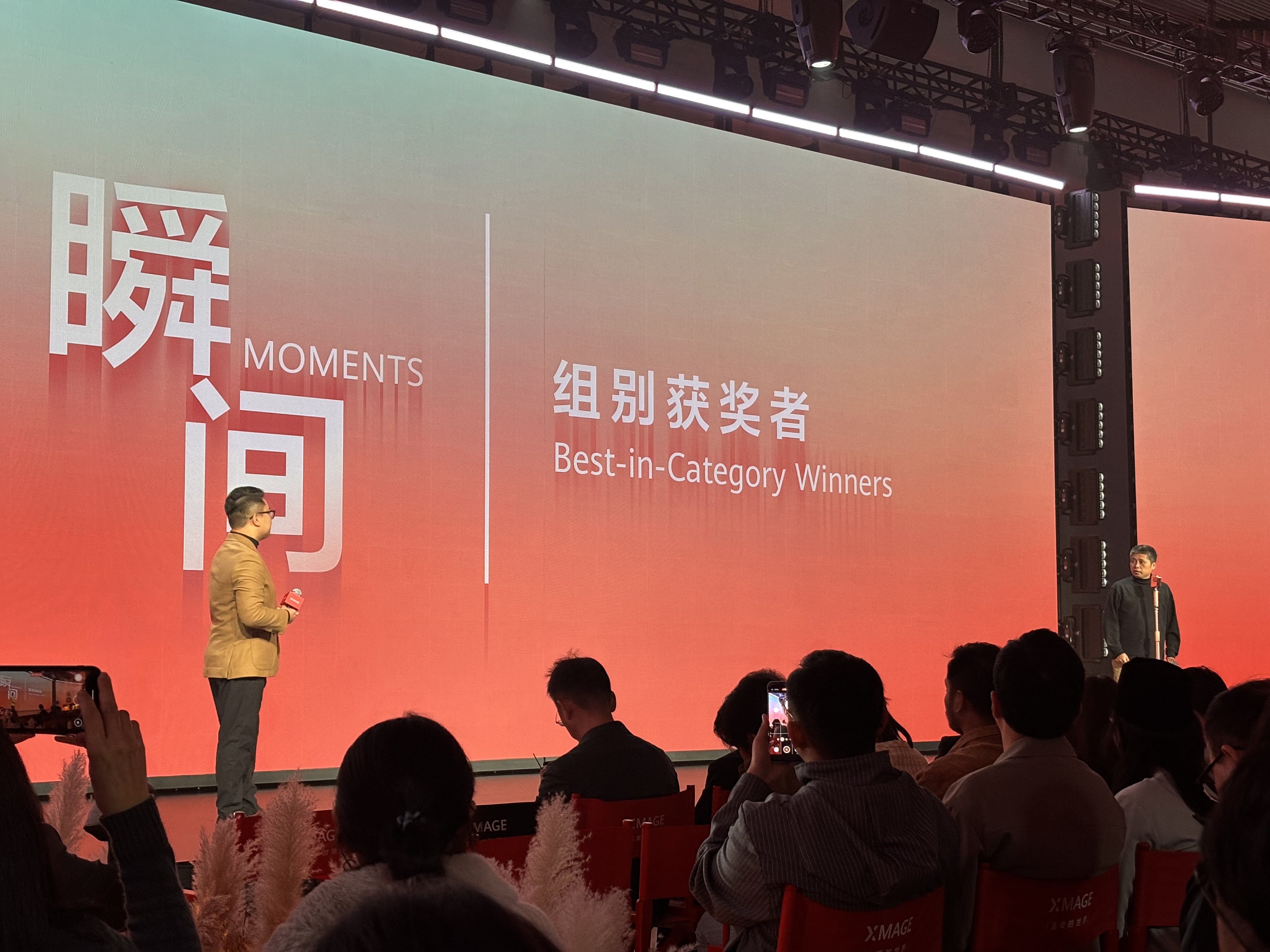
Image source: LeTech
At the event, Huawei presented the Huawei Photographer of the Year award to Chen Yong, an engineer from China; Justin Mendoza, a finance professional from the Philippines; and Kinga Choińska, a civil servant from Poland. Additionally, multiple awards were given in categories such as "Moment," "Fashion," "Distance," and "Long-term Focus." The photo exhibition also brought us a vast collection of works from 86 countries and regions around the world, conveying sceneries and stories from all corners of the globe through the lens of Huawei phones.
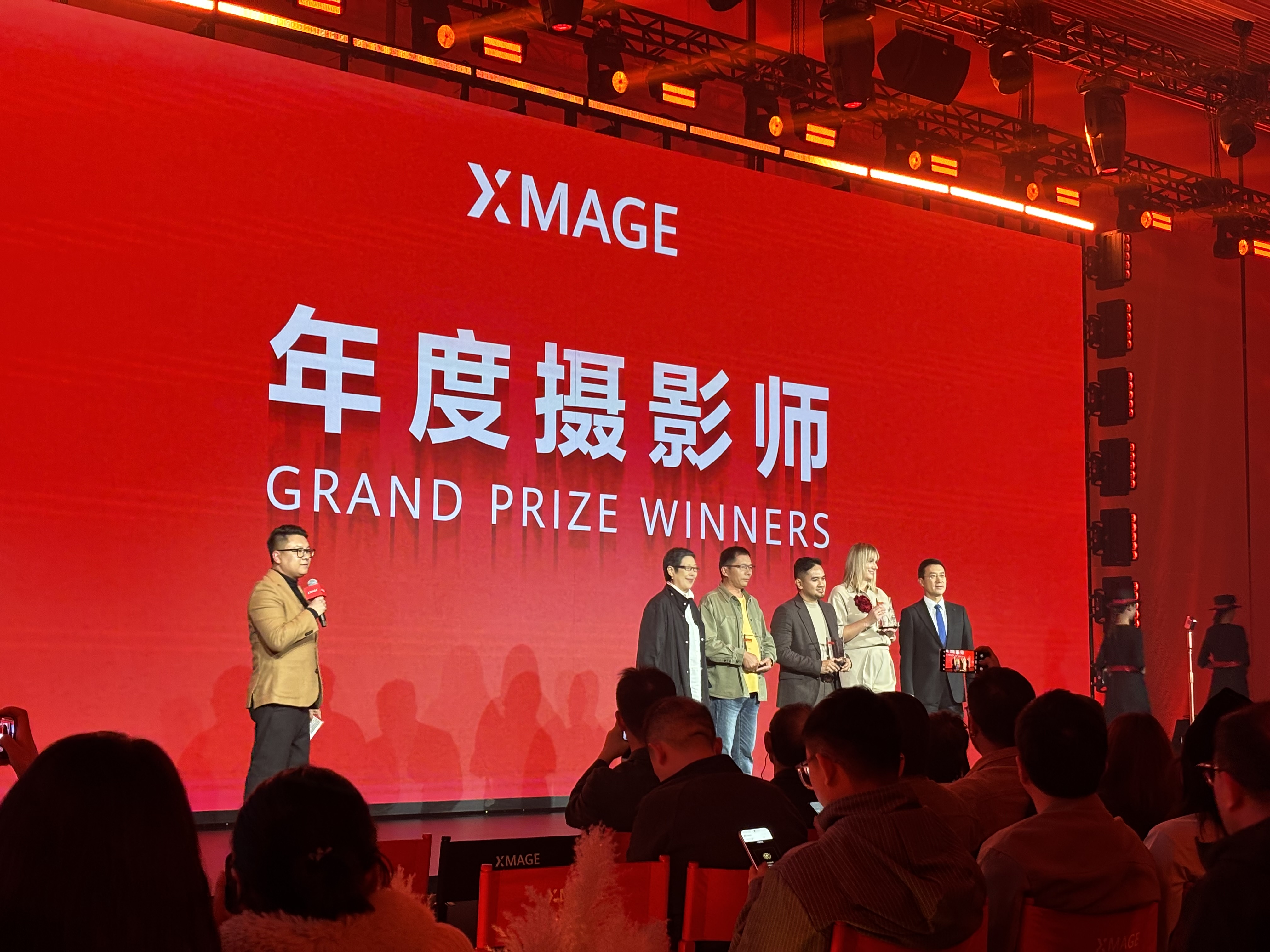
Image source: LeTech
In addition to sharing from award-winning photographers, Huawei also invited several senior industry figures with significant influence in photography to share their perspectives on Huawei Imaging and their expectations for mobile photography with the audience.
Mobile phones lower the creative threshold
Reviewing the personal experiences of the three Photographers of the Year, it's evident that none of them are "full-time photographers" in the traditional sense; they all have primary occupations, with photography being more of a personal interest. In fact, reviewing the winners over the past eight years, few can be classified as "professional photographers" in the traditional sense. Among group winners and honorable mentions, the proportion of professional photographers is even smaller.
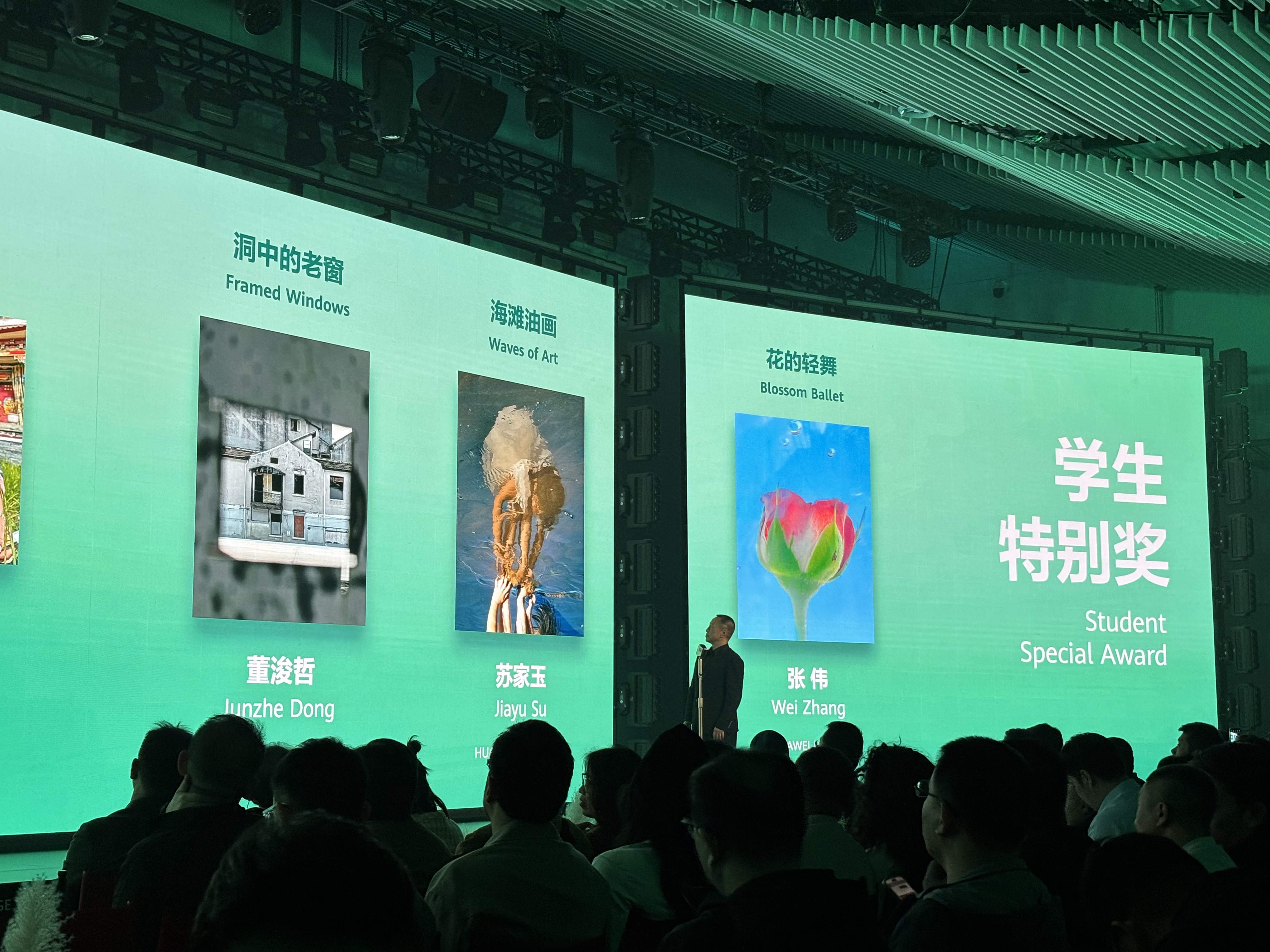
Image source: LeTech
Some may think this is because "full-time photographers disdain mobile photography," but looking at the three "Photographer of the Year" works, one can feel the impact, shock, and "harmony" behind the scenes. These works excel in composition, color, capturing key moments, and emotional expression, demonstrating a high level of artistic accomplishment even without the qualifier "Huawei Imaging."
In my opinion, this phenomenon of "everyone being a photographer" is precisely the value of mobile imaging.
When photography was first introduced, it was a complex interdisciplinary field encompassing mechanical design, optics, and chemistry. A "photographer" had to master all these skills to "take a photo," and that's even ignoring aesthetics. The extremely high technical and cost barriers made photography a "privilege" for a very few, and even "being photographed" was something only the wealthy dared to imagine. The advent of disposable and digital cameras lowered the "financial" barrier to photography to some extent, but the technical barrier remained for the average consumer.
The existence of this technical barrier led many people to believe they "couldn't take photos." But the emergence of mobile imaging shattered this barrier.

Image source: LeTech
Taking Huawei as an example, since the Mate 20, Huawei has played a crucial role in the evolution of mobile photography: from camera arrays, periscope telephoto lenses, variable apertures, to the Red Maple Original Color Imaging on the current Mate 70 Pro series. At every significant juncture in the development of mobile imaging, Huawei has been present. These technologies are not only aimed at enhancing mobile imaging performance but also at lowering the barrier to photography, making it easier for more people to document their lives.
Creative communities cultivate image IPs
As mentioned earlier, the Huawei Image Awards, launched in 2017, provides a creative stage for photography enthusiasts worldwide. But for Huawei, the Huawei Image Awards itself is also an opportunity for Huawei to engage with global photography enthusiasts and take root in creative communities. It has become an image award IP grown from within these communities.
Before the Huawei Image Awards ceremony, I spoke with several participants and photography enthusiasts on-site. Li Pengjian, the second-place winner in the IPA 2022 Professional Architecture category, shared with me his journey with Huawei photography:
Unlike traditional "photography forums," Huawei has dedicated teams in various cities to engage with local photographer communities. They discover talented and potential photographers, starting with creators from all over the country to promote the development and popularization of Huawei Imaging.
Through his engagement with Huawei Imaging over the years, Li Pengjian has "gone further and further," from his hometown in Jiangsu to the borders of the country and even to Norway and the Arctic, capturing beautiful sceneries worldwide with his lens. In his words, when he captured the magnificent starry sky over Namtso Lake in Tibet in 2020, "I realized then that there's something more fascinating than daily life, and that's the charm of photography."
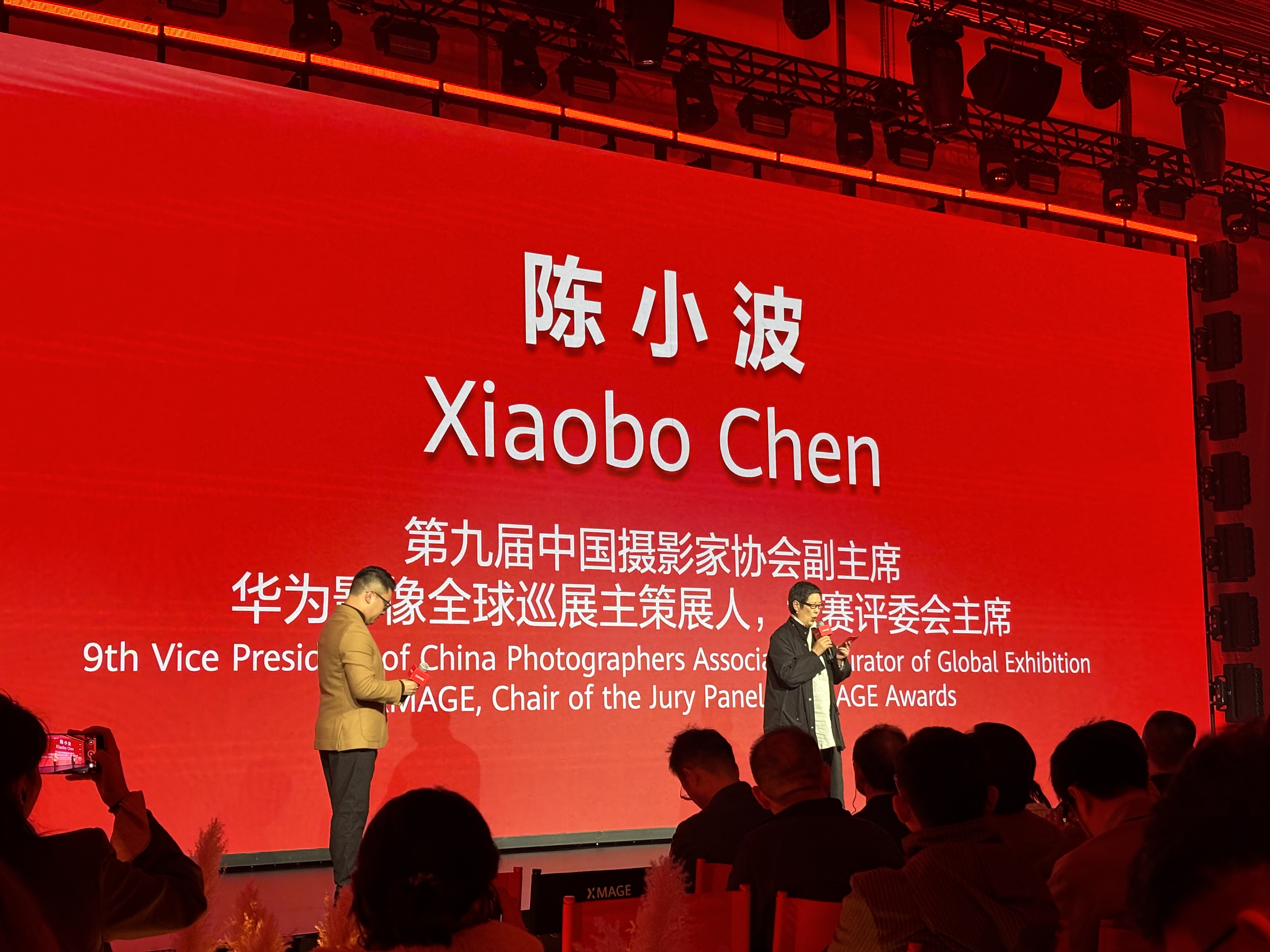
Image source: LeTech
Although photographers like Li Pengjian who have achieved success in international competitions are few, there are many who use their mobile phones for photographic creation, just like him. According to Huawei's "Huawei Image XMAGE 2023 Annual Trend Report," the total number of photos taken globally each year exceeds 1.4 trillion, with over 89% captured by mobile phones. This means that over 1.25 trillion photos are taken by mobile phone users each year, averaging nearly 40,000 photos per second.
Frankly speaking, there is indeed a gap between mobile and camera photography in terms of image quality, stability, and scalability. But considering that nearly 90% of photos are taken with mobile phones, mobile photography undoubtedly has its unparalleled advantages.
Portability is the biggest advantage of mobile photography
For Li Pengjian, portability is undoubtedly an advantage of mobile photography. I can deeply relate to this.
Unlike Li Pengjian, who has a substantial body of work in landscape photography, I only dabbled in astrophotography during my college years. The reason for this "dabbling" rather than delving deeper lies precisely in the weight of DSLR cameras, lenses, and equatorial mounts. Having to carry at least three equipment cases every time I went out eventually led me to conclude that "landscape photography is not for me."
But advancements in mobile photography, especially in Huawei Imaging, have changed the stereotype that landscape photography necessitates carrying a lot of equipment; whether it's mountains, rivers, fields, lakes, or stunning starry skies, a single mobile phone is all that's needed for a complete record.
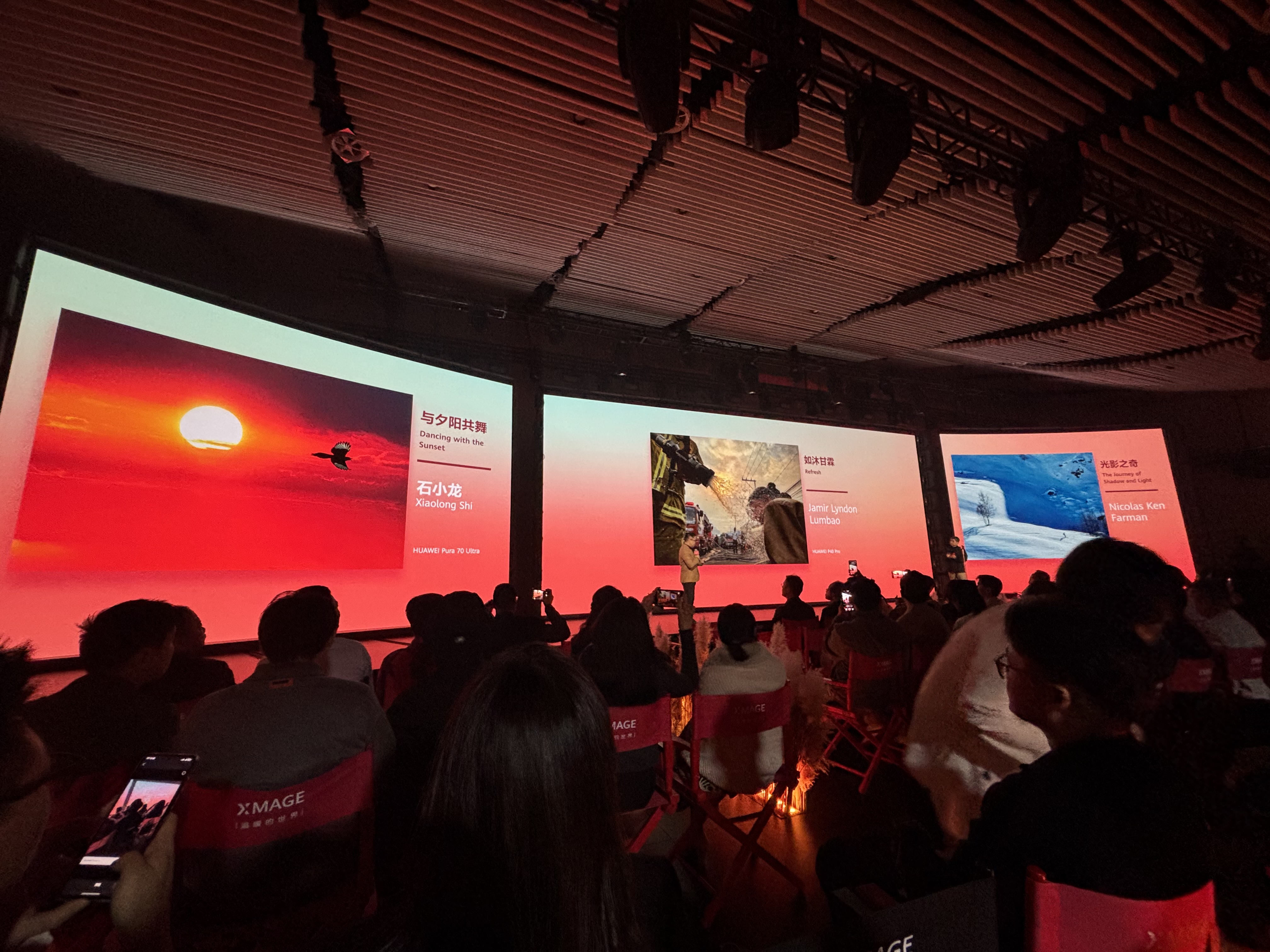
Image source: LeTech
Additionally, the portability of mobile photography can help photographers overcome "bottlenecks." Based on my observations, "inconvenience in carrying a camera" is often the beginning of most photography enthusiasts' dwindling enthusiasm and eventual abandonment of photography. But this is not an issue with mobile photography. Moreover, the relatively smaller size of mobile phones compared to cameras allows us to capture scenes from a wider range of angles, unlocking new shooting experiences similar to those of drones.
Mobile imaging should not "sacrifice texture for AI"
When discussing the current mainstream of AI photography, Li Pengjian also shared his perspective as a photographer on the integration of AI into the field of photography. In his view, the fusion of AI and photography is the general trend of mobile photography in the future. However, regarding how AI should be integrated, he, like me, believes that AI should not undermine the essence of photography as "documentation":
If a photo has flaws, such as camera shake, dust on the lens, or flare, this type of "assistive creation" AI is entirely acceptable because these issues could be corrected through post-processing even before AI existed. But artificially adding elements to a photo using AI violates the essence of photographic documentation.
Regarding his expectations for mobile imaging, Li Pengjian believes that "texture" is the direction mobile brands should pursue next. Just like Huawei's "Image Mode" in its phones, mobile photography should have its own "personality," reflecting its unique color style and texture.
In fact, in recent years, we have seen various image tone styles in the mobile industry, enriching users' emotional expression during mobile photography. Even images that were previously entirely digitally interpreted are now being analyzed from the user's perspective to determine what constitutes a good photo.
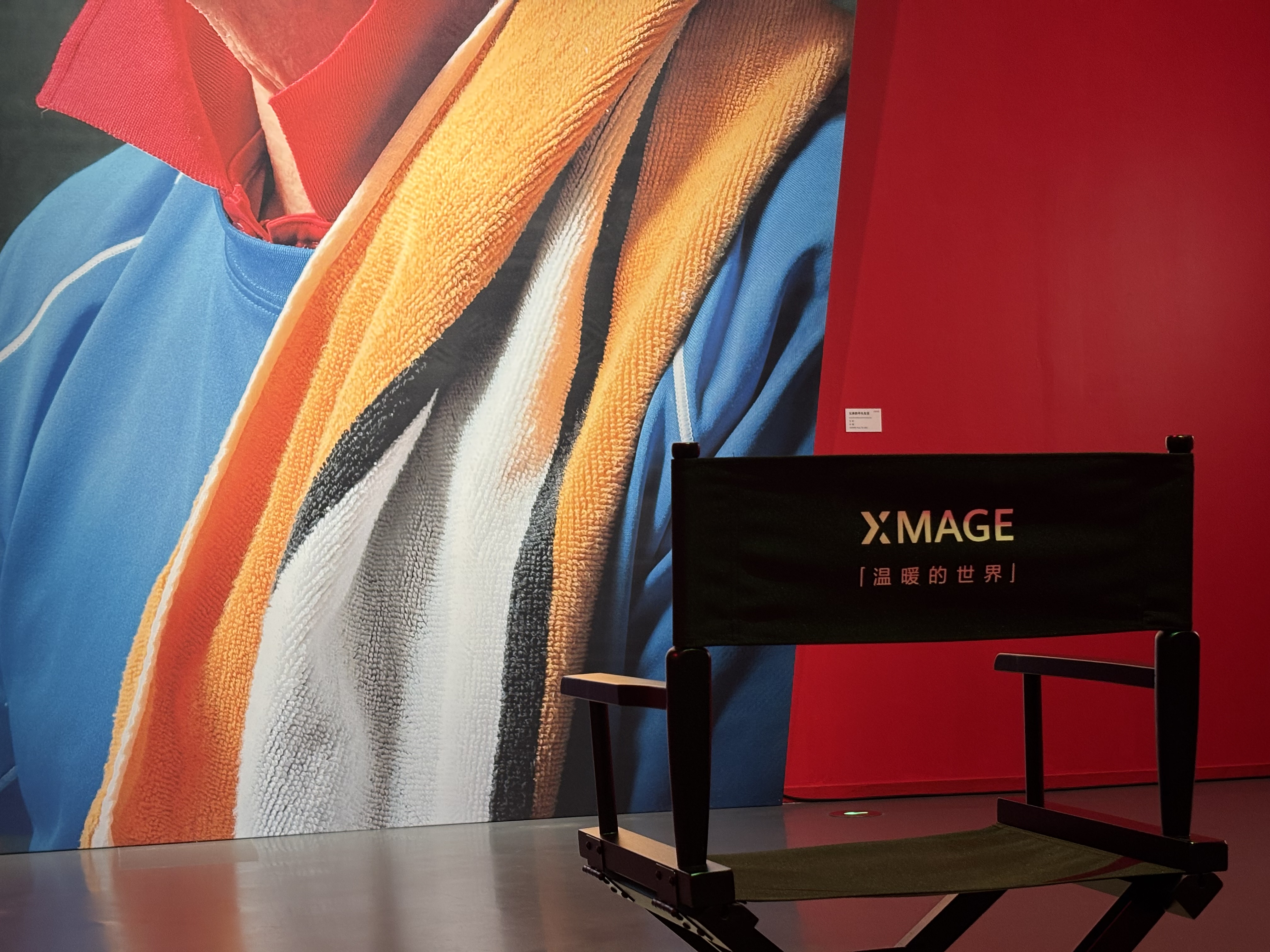
Image source: LeTech
Today, our criteria for evaluating photos are no longer simply based on brightness and image quality. With the evolution of mobile photography, enhancing the subjective value of photos may also become a new research topic. But one thing is certain: in our ongoing exploration of mobile photography, Huawei Imaging will continue to evolve, accompanying users everywhere they go, documenting all the beauty before their eyes.
Source: LeTech








